-
Senior Member
registered user
Making use of update*.tar.gz
For the record:
...from CHEATCODES AND HINTS FOR KNOPPIX V6.4 (last update: 28.01.2011)
(quote) If you place an update*.zip or update*tar.gz file on the medium
holding the KNOPPIX data, it will be unpacked onto the overlayed filesystem
before starting "init", thus allowing quick reconfiguration of the
system. (unquote)
There is a verifiable capability of Knoppix 6.4.4 to accept additions and
modifications via compressed format code input. These additions and modi-
fications accumulate and are assimilated into the persistent image,
knoppix-data.img.
Reading from about line 738 of the init of minirt.gz for Knoppix 6.4.4, one
may confirm that a file such as update*.tar.gz is scanned-for and will be
admitted for subsequent processing.
What follows is an experiment which may be duplicated which demonstrates a
useful application of this capability.
I have a 2 Gb SDCard which acts as a Live Knoppix 6.4.4 USB, made from a
menu choice on a Knoppix 6.4.4 LiveCD. On first boot, this LiveUSB offered
1181 Mb as the maximum allowed space for persistent storage. I chose all
of that. This choice precluded adding any significant additional code on
the LiveUSB, even if some few files were to be removed to make room. Over
a few months, this initial LiveUSB has accumulated a number of 'refinements'
which I cherish. These are accumulated in its knoppix-data.img.
I intend to show how to 'teach' a second similar SDCard to be (almost) as
smart as the first card in a few easy operations.
To begin, I prepare a second SDCard exactly as the first by using the same
LiveCD menu preparation. On first boot of the second LiveUSB, I choose only
800 Mb for persistent store, leaving 400 Mb unused on this SDCard. This is
space we will needed for update*.tar.gz.
So then I fire up the first smart LiveUSB and do the following:
cd /
sudo tar -cf /tmp/update1.tar KNOPPIX-DATA
cd /tmp
sudo gzip update1.tar
This produces update1.tar.gz which I move to a third usb.
I shut down the smart LiveUSB and start up the new second LiveUSB. Next
I copy update1.tar.gz from the third usb to the same directory that its
knoppix-data.img is on, and reboot the second LiveUSB again.
This boot will tell you update1.tar.gz has been recognized. This boot will
also take a little longer than it did before. You will notice now that the
second LiveUSB is a lot smarter, having a lot of the characteristics of the
first LiveUSB. It is also a little slower to boot and a little fatter.
Here's what you might not anticipate. With the second LiveUSB still live,
DELETE update1.tar.gz, that's right, delete it, then reboot. You should
find that all or most of what update1.tar.gz had to impart to the second
LiveUSB was captured in the second LiveUSB's knoppix-data.img via the
process outlined. Note we now have 400 Mb to play this game with again.
Here's how well this experiment went for me:
GUI Software:
Compiz works, all changes retained.
IceWeasel works, all changes retained.
LibreOffice spreadsheet works, all changes retained.
LXDE works, all changes retained.
Synaptic works, repo (maybe all) changes retained.
...not sure what all to look for.
Infrastructure:
wifi works, all changes retained.
sound works, all changes retained.
mc & locate (two added programs) were retained & work.
System file edits:
Edits to /etc/X11/Xsession retained.
Edits to /etc/syslog-knoppix.conf retained
Edits to /mnt-system/boot/syslinux/syslinux.cfg LOST
...the only item not transferred.
Here's how the two LiveUSB's compare:
Each goes from start-of-boot to on-line-with-wifi in 1m45s.
Each is 244 Mb smart in knoppix-data.img.
The second LiveUSB has 50 Mb more free space;
...this difference is unexpected and unexplained.
 Posting Permissions
Posting Permissions
- You may not post new threads
- You may not post replies
- You may not post attachments
- You may not edit your posts
-
Forum Rules


HyperX FURY DDR4 16GB 32GB 64GB 2666MHz PC4-21300 Desktop RAM Memory DIMM 288Pin
$119.80
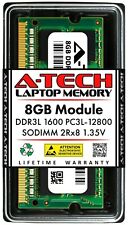
A-Tech 8GB DDR3 1600 PC3-12800 Laptop SODIMM 204-Pin Memory RAM PC3L DDR3L 1x 8G
$13.99
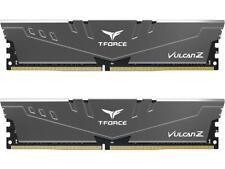
Team T-FORCE VULCAN Z 16GB (2 x 8GB) 288-Pin PC RAM DDR4 3200 (PC4 25600) XMP
$35.99

HyperX FURY DDR3 8GB 16GB 32GB 1600 MHz PC3-12800 Desktop RAM Memory DIMM 240pin
$12.90
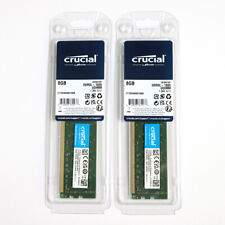
Crucial 16GB (2x 8GB) Kit DDR3L 1600MHz PC3-12800 UDIMM Desktop 240-Pin CL11 RAM
$23.33
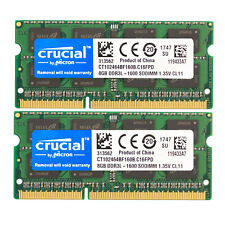
Crucial DDR3L 16GB 1600 2x 8GB PC3-12800 Laptop SODIMM Memory RAM PC3 16G DDR3
$21.50

64GB (4X16GB) DDR3 1866 DIMM Apple Mac Pro Late 2013 A1481 MacPro 6,1 Memory Ram
$37.49
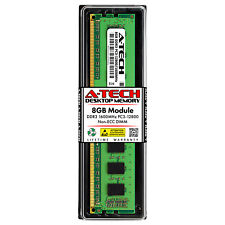
A-Tech 8GB PC3-12800 Desktop DDR3 1600 MHz Non ECC 240-Pin DIMM Memory RAM 1x 8G
$13.99

HyperX FURY DDR4 64GB (4x16GB) 3200MHz PC4-25600 Desktop RAM Memory DIMM 288PIN
$129.95

A-Tech 64GB Kit 2x 32GB PC4-25600 Laptop SODIMM DDR4 3200 MHz 260-Pin Memory RAM
$123.99



 Reply With Quote
Reply With Quote










